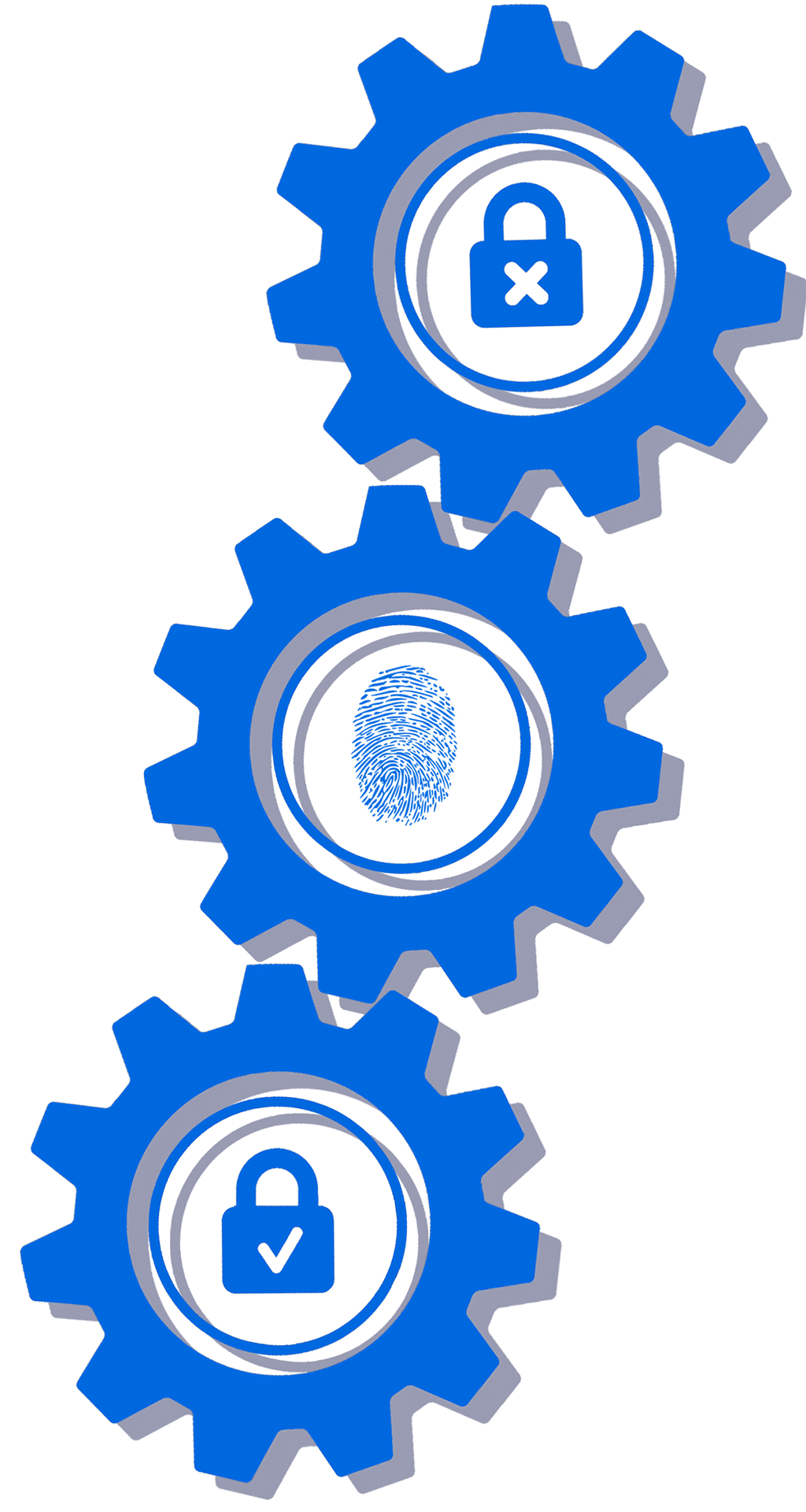Businesses should have a cybercrime prevention solution in place.
Cybercrime is when a computer is used as an object or medium to commit a crime.
A cybercriminal may access a user’s personal, confidential business, and government information or disable a system.
Businesses worldwide have grown in size and complexity.
When discussing business complexity, we refer to the various measures the organization must take to keep running smoothly.
As businesses transit to the digitized world, leveraging the powering of high-processing computing systems and IT infrastructure, their struggle with cybercrime has only intensified.



